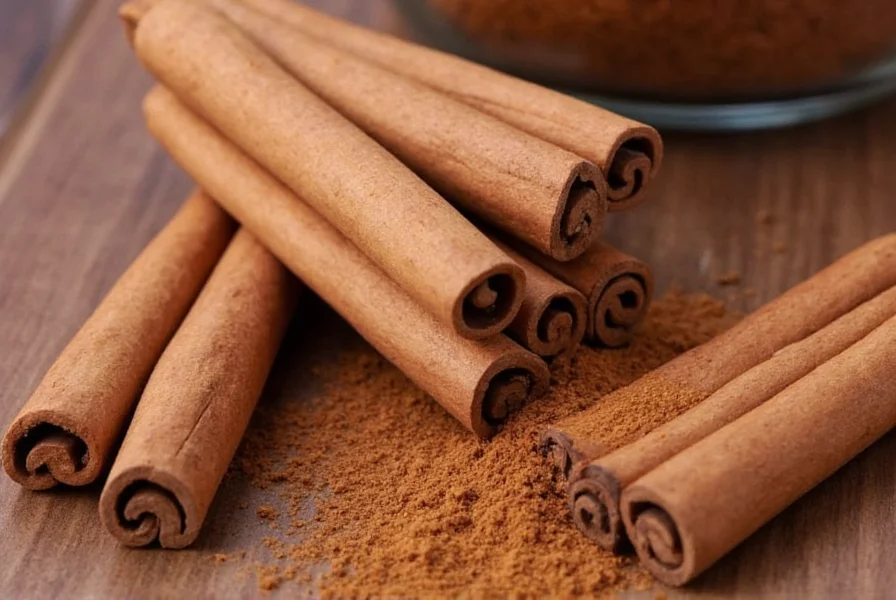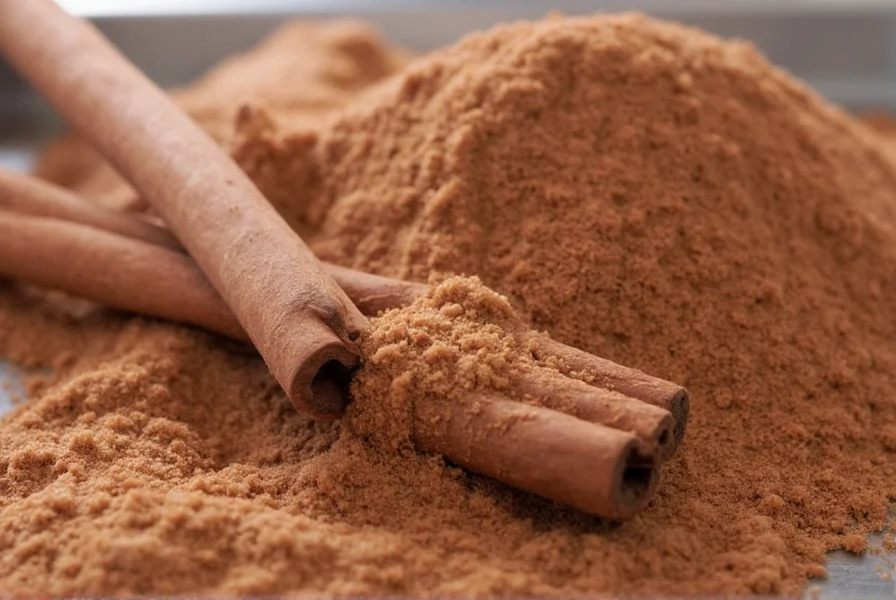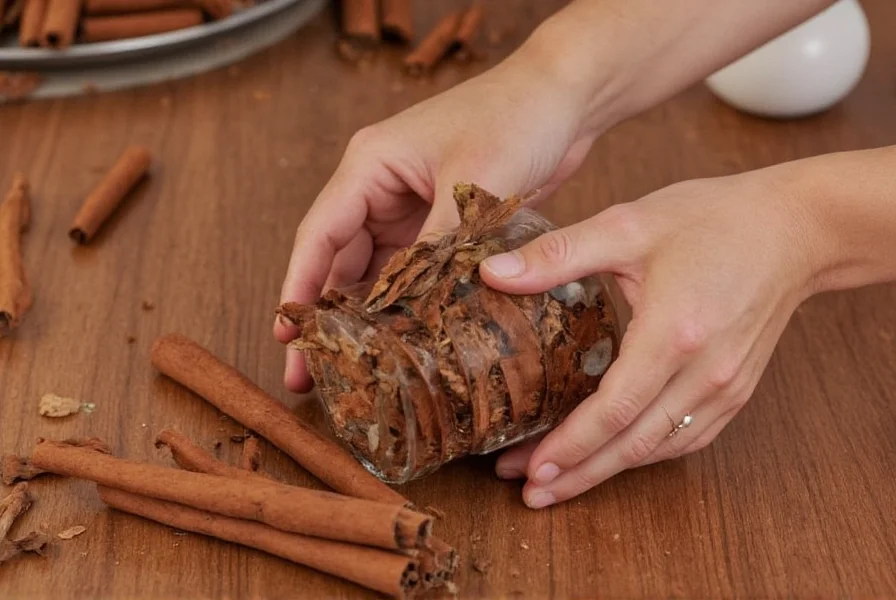The Origins of Cinnamon Production
Cinnamon has been prized for thousands of years, with historical records showing its use in ancient Egypt, China, and Rome. Today, cinnamon production follows time-honored techniques with some modern improvements, but the fundamental process remains remarkably similar to traditional methods. Understanding how cinnamon is made begins with recognizing there are two primary types: Ceylon cinnamon ("true cinnamon") and the more common Cassia cinnamon.

Cinnamon Tree Cultivation
Cinnamon trees thrive in tropical climates with consistent rainfall. Ceylon cinnamon (Cinnamomum verum) grows primarily in Sri Lanka, while Cassia cinnamon (Cinnamomum cassia) is cultivated in China, Indonesia, and Vietnam. Farmers typically grow cinnamon trees in plantations specifically for bark harvesting, with trees reaching optimal harvesting condition at 2-3 years old.
The cultivation process for how cinnamon sticks are made begins with selecting appropriate saplings. Cinnamon trees prefer well-drained, sandy clay soil and require partial shade during their early growth stages. After planting, farmers wait 18-24 months before the first harvest, allowing trees to develop multiple shoots ideal for bark collection.
The Harvesting Process: When and How
The timing of cinnamon harvesting is critical to quality. Producers typically harvest during the wet season when the bark separates most easily from the wood. For traditional cinnamon harvesting methods, workers select young shoots approximately 2-3 cm in diameter and 1.5-2 meters long.
The harvesting process involves:
- Cutting shoots close to the ground using specialized knives
- Removing leaves and small twigs
- Preparing the shoots for immediate processing (within 24 hours)
Delaying processing causes the bark to harden, making the subsequent steps more difficult and reducing quality. This time-sensitive nature explains why cinnamon production facilities are typically located near plantations.
From Bark to Quills: The Transformation Process
The most distinctive aspect of how cinnamon is made involves transforming bark into the familiar quills. This multi-step process requires skilled workers and careful handling:
- Beating the bark - Workers gently beat harvested shoots with a hammer or special tool to loosen the bark
- Outer bark removal - The rough outer bark is scraped away, revealing the valuable inner bark
- Inner bark separation - Using a small knife, workers carefully separate the inner bark from the woody core
- Quill formation - The inner bark strips naturally curl inward as they dry, forming the characteristic quills
- Drying - Quills dry for 4-8 hours in shaded, well-ventilated areas
- Quality sorting - Workers sort quills by length, thickness, and color
- Packaging - Higher quality quills may be placed inside larger quills to form "quillings"
| Processing Stage | Duration | Key Quality Factors |
|---|---|---|
| Bark harvesting | 1-2 hours after cutting | Freshness, moisture content |
| Inner bark separation | Immediately after harvesting | Thickness consistency,完整性 |
| Drying | 4-8 hours | Temperature control, airflow |
| Final processing | 1-3 days | Color uniformity, oil content |
Ceylon vs. Cassia: Different Production Methods
Understanding the difference between Ceylon and Cassia cinnamon production reveals why these varieties have distinct characteristics:
Ceylon Cinnamon (Cinnamomum verum):
- Multiple thin layers of bark rolled together
- Lighter color and more delicate flavor
- Lower coumarin content (making it safer for regular consumption)
- More labor-intensive harvesting process
- Produces a single quill with multiple thin layers
Cassia Cinnamon (Cinnamomum cassia):
- Thicker, harder single-layer bark
- Stronger, spicier flavor profile
- Higher coumarin content
- Simpler processing requiring less manual skill
- Forms a single thick quill that doesn't curl completely
The cinnamon processing steps for Ceylon variety require significantly more manual labor, which contributes to its higher price point compared to Cassia cinnamon.

Modern Processing and Powder Production
While traditional quill production remains important, most cinnamon consumed worldwide is in powder form. The transition from quills to powder involves additional steps:
- Quills are broken into smaller pieces
- Pieces are ground using specialized mills that maintain low temperatures
- Fine sieving removes any woody particles
- Powder is tested for moisture content (ideally 8-12%)
- Final product is packaged in moisture-proof containers
Modern facilities use temperature-controlled grinding to preserve the essential oils that give cinnamon its distinctive aroma and flavor. High-quality producers avoid adding fillers or anti-caking agents that would compromise purity.
Quality Assessment in Cinnamon Production
Professional producers evaluate cinnamon quality through several metrics:
- Color - Premium Ceylon cinnamon has a light tan color, while high-quality Cassia is reddish-brown
- Aroma intensity - Measured by essential oil content (typically 0.5-4% depending on variety)
- Texture - Should be fine and uniform for powder, smooth for quills
- Moisture content - Critical for shelf life and mold prevention
- Coumarin levels - Especially important for Cassia varieties
These quality factors directly impact the final product's shelf life, flavor profile, and safety. Understanding how cinnamon trees are cultivated and processed helps consumers make informed choices about the cinnamon they purchase.
Sustainability in Cinnamon Production
As demand for cinnamon grows, sustainable production practices have become increasingly important. Forward-thinking producers implement:
- Rotational harvesting to allow trees to regenerate
- Organic farming methods to avoid chemical contamination
- Water conservation techniques in processing
- Community-focused labor practices
- Traditional knowledge preservation
Consumers seeking authentic, high-quality cinnamon can look for certifications indicating sustainable and ethical production practices, which often correlate with superior flavor and purity.
Conclusion: The Journey from Tree to Table
The process of how cinnamon is made represents a beautiful intersection of traditional knowledge and modern food science. From carefully harvesting young shoots to the precise drying techniques that create perfect quills, each step contributes to the final product's quality. Whether you prefer the delicate flavor of Ceylon cinnamon or the robust taste of Cassia, understanding the craftsmanship behind this ancient spice enhances appreciation for what goes into every pinch added to your recipes.
Frequently Asked Questions
How long does it take to make cinnamon from tree bark?
The complete process from harvesting to finished product takes 1-3 days. Bark must be processed within 24 hours of harvesting, with the drying phase taking 4-8 hours. Final sorting and packaging add additional time, but the transformation from fresh bark to recognizable cinnamon quills happens relatively quickly due to the natural curling process during drying.
Why is Ceylon cinnamon more expensive than Cassia cinnamon?
Ceylon cinnamon commands a higher price due to its more labor-intensive production process. Creating Ceylon cinnamon requires skilled workers to separate multiple thin layers of bark that are then carefully rolled into delicate quills. The trees produce less harvestable material per acre, and the entire process requires more manual attention compared to Cassia production, which involves thicker, single-layer bark that's easier to process.
Does cinnamon production involve any chemicals or additives?
High-quality cinnamon production is entirely natural with no chemicals or additives. The transformation from bark to spice occurs through physical processes (stripping, drying, grinding). Some lower-quality commercial products may contain anti-caking agents in powdered forms, but pure cinnamon consists solely of processed tree bark. Traditional methods rely only on the natural properties of the bark to form quills during drying.
How can you tell if cinnamon is processed traditionally versus industrially?
Traditionally processed cinnamon (especially Ceylon) shows distinctive characteristics: thin, multi-layered quills that are fragile and light in color with a delicate, complex flavor. Industrially processed cinnamon, particularly Cassia, typically forms thicker, single-layer quills that are harder and darker with a stronger, more单一 flavor profile. Powdered cinnamon from traditional sources will have a finer texture and more complex aroma compared to industrially processed varieties.











 浙公网安备
33010002000092号
浙公网安备
33010002000092号 浙B2-20120091-4
浙B2-20120091-4